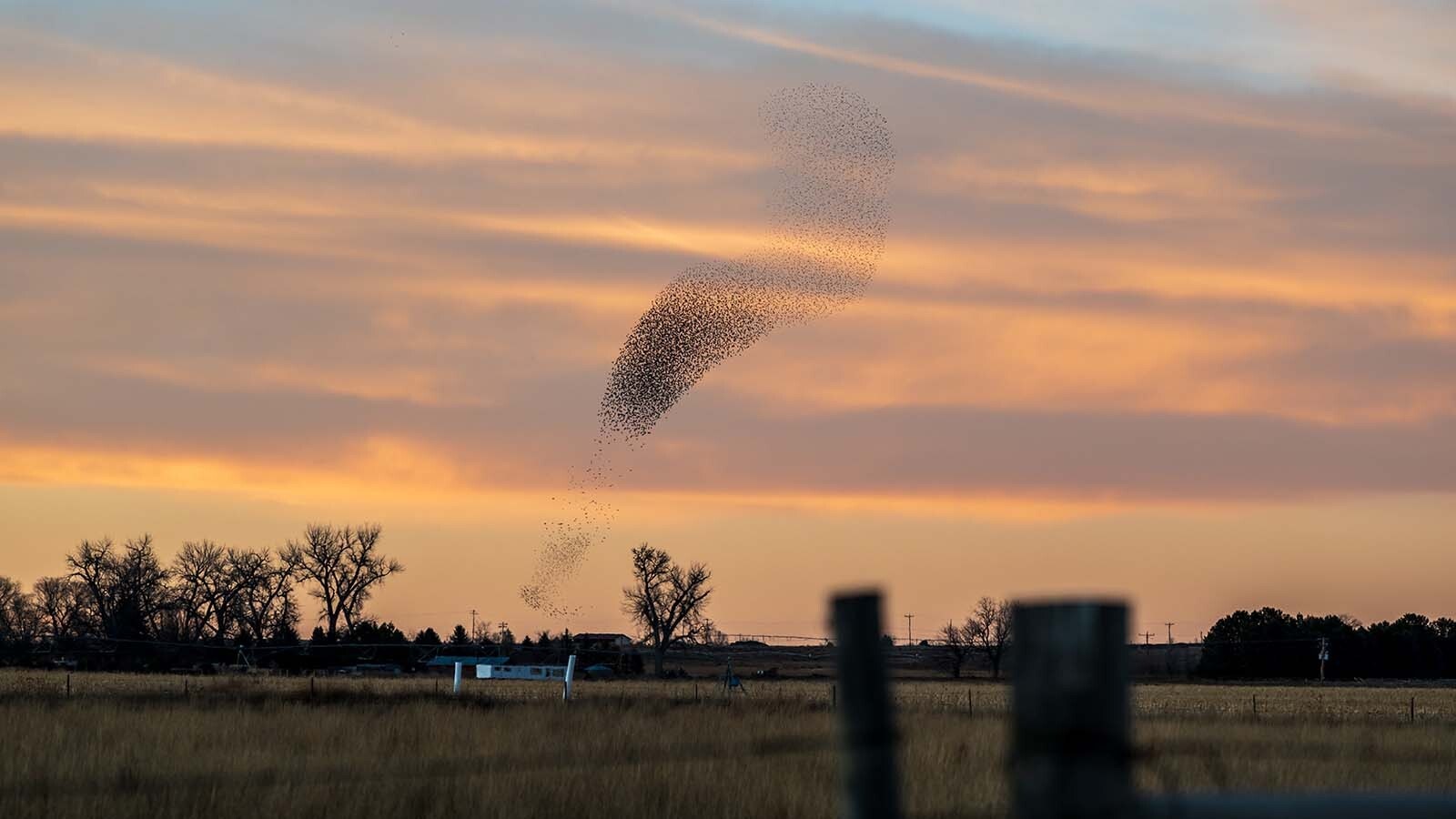Belgian Pool isn't unique among the thousands of thermal pools and features in Yellowstone National Park, but the small pool in the Upper Geyser Basin is notorious for how it got its name.
Until 1929, it was called Oyster Pool, but when a tourist from Belgium fell into its superheated water and then died, people started calling it Belgian Pool. Nearly 100 years later, few remember it was ever called anything else.
“It's a very fragile ecosystem, and it was very common for accidents to happen to the boardwalks in the early days,” Yellowstone historian Alicia Murphy told Cowboy State Daily. One of those accidents is “how Belgian Pool got its name.”
‘Official Names’
When Yellowstone National Park became the first national park in 1872, Belgian Pool was known as Oyster Spring. Where that name came from is anybody’s guess. There wasn’t an official system for naming the park’s landmarks and thermal features in the early days.
“A lot of Yellowstone’s naming protocols, especially early on, started as word of mouth,” Murphy said. “Then names started showing up in written correspondence or reports from park employees. That’s how, in some cases, they became the ‘official’ names, for the lack of a better word.”
For the first 57 years of the park's existence, Oyster Pool was a pretty but unimpressive pool in the Upper Geyser Basin, overshadowed by the eruptions of Old Faithful, Grand and Castle geysers.
That all changed in July 1929.
Tarnished Oyster
According to Yellowstone legend, a Belgian tourist was visiting the park he got too close to the edge of Oyster Spring. The fragile earth broke underneath his feet, and he fell into the pool.
“My understanding is that he was a journalist from Belgium, and he was here as part of some sort of a tour (the park) put together for journalists from Europe and France,” said Yellowstone historian and lifelong employee Jeff Henry. “He fell in on July 3, 1929, lingered for a few days, and died on July 5.”
According to the book “Death in Yellowstone” by Lee Whittlesey, the victim was 42-year-old George Landoy. He was the editor of the French newspaper La Matin based in Antwerp, Belgium.
Contemporary sources say Landoy unknowingly dropped into Oyster Spring around 3:45 p.m. on July 3 while running to watch an eruption of Castle Geyser. The lower half of his body was severely burned in the 180-degree water.
“This was before we had boardwalks on the ground at Old Faithful,” Murphy said. “It was very common to walk directly up to the edges and look down into springs and geysers at that time. That's how this gentleman from Belgium fell through."
Landoy was transported to a hospital at Mammoth Hot Springs for treatment of severe burns over 50% of his body. He died at 5:30 p.m. on July 5.
Landoy’s death left a permanent mark on the Yellowstone landscape.
After his death, Oyster Spring was rechristened Belgian Pool and has since become the thermal feature’s official name.

Belgian Pool Today
Besides its morbid moniker, Belgian Pool has remained one of the lesser-known features in the Upper Geyser Basin. It’s part of the Sawmill Group, a cluster of thermal features that includes the Sawmill and Tardy geysers.
Many tourists enjoy Belgian Pool for its dynamic appearance, which changes depending on the day and the season.
Sometimes the water in Belgian Pool is a colorful green-yellow, like a pocket-sized version of Grand Prismatic Spring. Other times, the water is a nearly crystal-clear blue, allowing for an unobstructed view “down the rabbit hole” and into its depths.
Mike Poland, scientist in charge of the Yellowstone Volcano Observatory, said Yellowstone’s thermal pools get their colors from temperature and bacteria. The temperature of the water determines which bacteria can exist in it, which manifests as different colors at different times.
“Hotter pools tend to be a brilliant blue, and cooler pools can be more colorful since bacteria can grow in those,” he said. “The great variety of feature types within a thermal basin attests to the complex plumbing systems of these pools.
“Most have their own individual plumbing, and depending on what that plumbing passes through — the temperature and acidity of the gas and water, and so on — you'll get different-looking features even if they are right next to one another.”

Here Today, Gone Tomorrow?
Nothing lasts forever, especially in the ever-changing landscape of Yellowstone National Park. Belgian Pool still exists as a pool in 2024, but that will change in the future.
Sharp-eyed visitors have noticed that the water level of Belgian Pool changes over time. Sometimes, the water extends outward from the crater and across the landscape, while at other times it is almost wholly confined to the crater.
Many Yellowstone thermal features, like the Red Spouter at the Fountain Paint Pots, change behavior based on how much water happens to be in the region. However, thermal features can also die out for a variety of reasons.
Poland said there is no definitive lifetime for a thermal feature. This is one of the many factors that make Yellowstone’s dynamic, ever-changing landscape so fascinating.
“There just aren't enough observations to know the average life of a thermal feature,” he said. “But it is extremely common for features to change their behavior. There are features in West Thumb Geyser Basin that change hourly or daily.
“Some changes manifest over an entire season; sometimes, it’s year to year. This variability makes Yellowstone so interesting for everyone, not just scientists.”
One thing that’s unlikely to change at Belgian Pool is its name. Even while it still has life, it will remain a monument to the death and danger of Yellowstone National Park.
With his death, George Landoy achieved something that may never be accomplished again (though not for lack of trying) in Yellowstone’s history: a permanent monument to a tourist’s mistake.
Andrew Rossi can be reached at arossi@cowboystatedaily.com.





